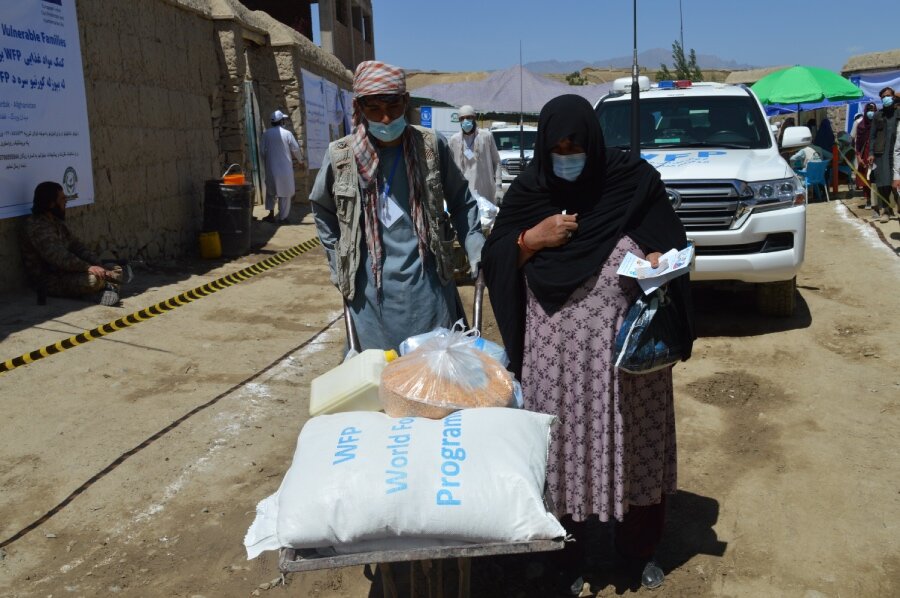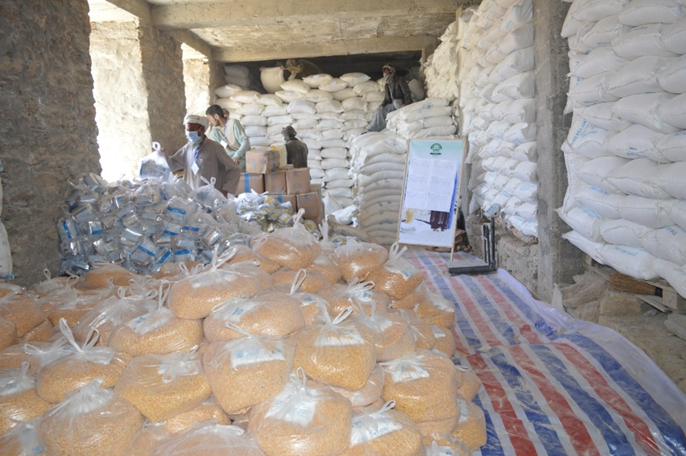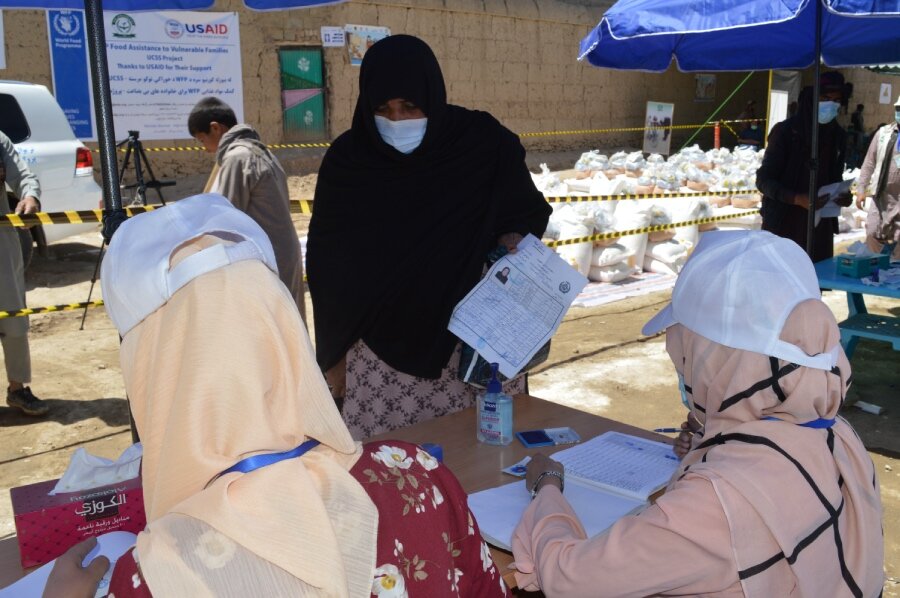
Guldana struggles to feed her large family without assistance from the World Food Programme (WFP).
She lives in Sayed Abad district of Wardak Province, west of Afghanistan's capital Kabul. "There is not even enough water to drink in our area," she says. "The wells have dried up. There is no food, and no one is employed."
Guldana heads a ten-person household: two sons, two daughters, a daughter-in-law and four grandchildren. Two other sons were killed during the conflict that engulfed the country for more than two decades.
Her husband, who worked as a driver, died in a car accident. She and her children do not have regular work.
Women and girls across the country are hit hardest by the ongoing humanitarian and economic crises, and by restrictions on their fundamental rights. Humanitarian organizations also face new challenges to their operations.

Breadwinners like Guldana struggle to feed their children every day. WFP surveys show that women-headed households are more likely to resort to negative coping strategies, including selling assets, withdrawing their children from school or skipping meals.
"Somehow, I have to take care of my family's needs," Guldana says.
But increasingly, her only source of food has become WFP emergency assistance. If this stops, she fears her family will die from hunger.
"The assistance we receive is our only hope, and we survive each day with it," she says.
The assistance Guldana receives from WFP is enough to support her family's needs for one month. However, she knows they will need more support afterwards.

"To the people who are supporting us, I want to tell them that we have no other support, no assistance, except for what we get from WFP. Please help us to the best extent you can," she says.
In 2022, WFP reached 23 million people in Afghanistan - nearly half its population - distributing more than 1 million metric tons of food. It also distributed US$286 million in cash and vouchers.






